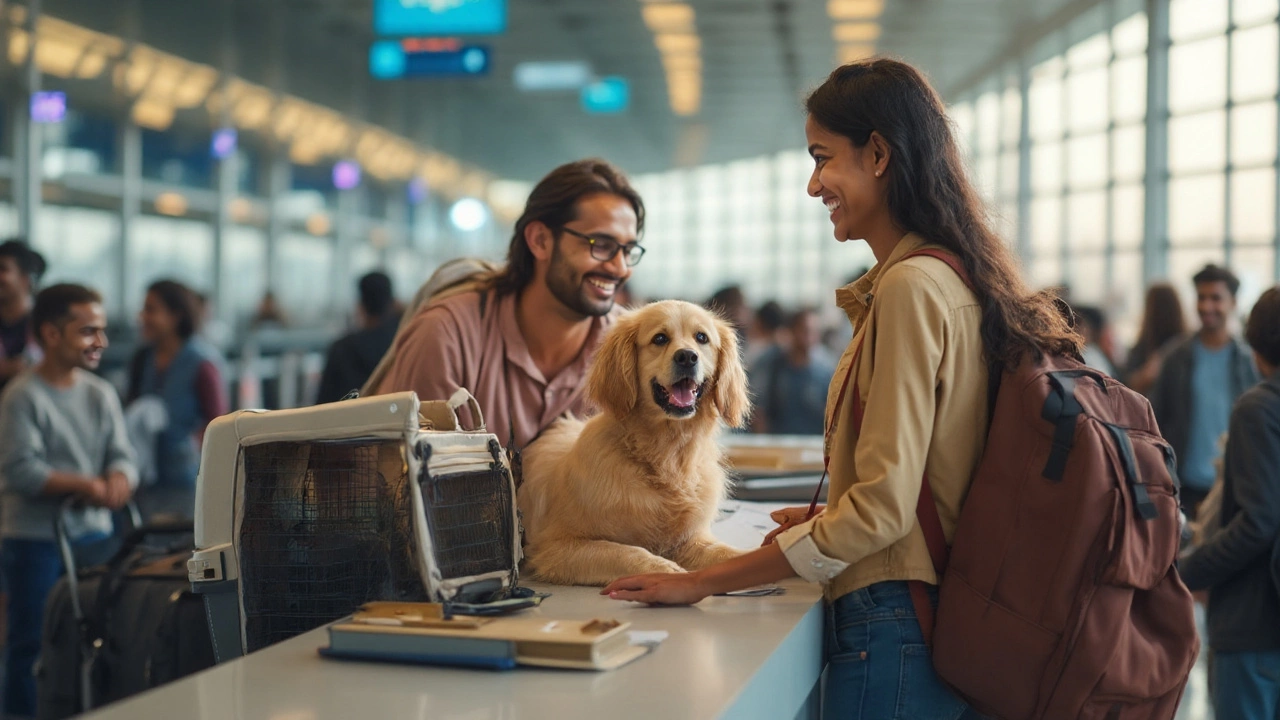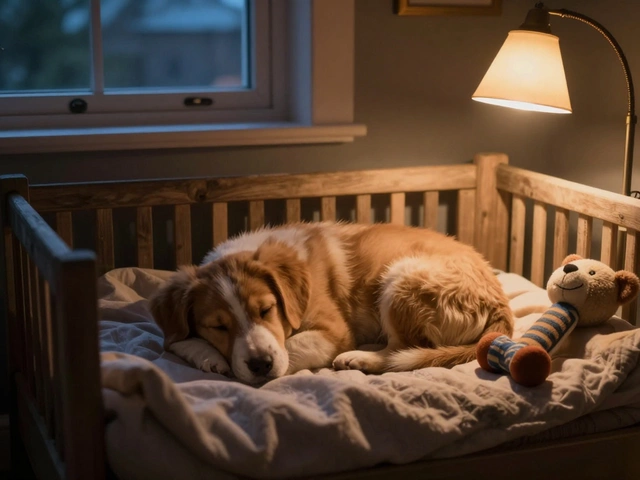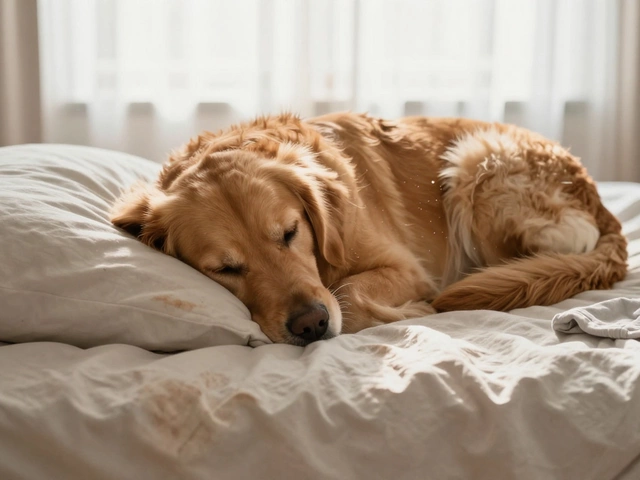Pets in Cabin – How to Keep Your Furry Friend Happy on the Go
Got a dog, cat, or even a tiny rabbit you want to bring inside the cabin? You’re not alone. More families are packing pets for flights and road trips because it’s easier on the animal and less stressful for everyone. Below are the must‑know basics that turn a chaotic trip into a smooth ride.
Before You Book: Check Rules and Size Limits
Every airline has its own pet policy – some let a cat in a carrier under the seat, others charge a flat fee for a dog up to 15 lb. Look up the exact dimensions for the carrier (usually around 18×11×8 in) and make sure your pet’s crate fits. If you’re driving, measure your car’s back seat or cargo area and pick a carrier that lets your pet stand and turn around. A quick call to the airline or a glance at the website saves you from surprise fees at the gate.
Pack Smart, Pack Light
Make a checklist: carrier, a small water bowl, a few food portions, a travel‑size poop bag roll, and a favorite blanket or toy. Keep the carrier ventilated but not windy – a breathable mesh works best. Put an absorbent pad at the bottom in case of accidents, and slip a chewable treat in the pocket for reassurance. Anything you can fold or squeeze into a tote will keep the cabin clutter low and the seat‑mates happy.
Hydration is key, especially on longer flights. Offer water right before boarding, then give a sip every couple of hours. Avoid feeding a big meal an hour before take‑off; a light snack reduces the chance of motion‑sickness. If your dog gets nervous, a short walk around the terminal (or a quick bathroom break for cats) helps burn excess energy.
For anxiety‑prone pets, a low‑volume TV or an audio playlist can mimic the home environment. Research shows that mild background noise calms dogs and even reduces separation stress for cats. Keep the volume low enough that you can still hear flight announcements.
When the seat belt sign dings, don’t pull the carrier out. Secure it under the seat or in the footwell, as instructed by the crew. The carrier stays upright, so your pet can see you. A quick hand‑tap or a calm voice reassures them that you’re still nearby.
After the flight, give your pet a chance to stretch and go to the bathroom. Most airports have designated pet relief areas—hunt them down before you head to baggage claim. A short walk clears any lingering nerves and prevents the urge to mark the seat.
If you’re taking a road trip, stop every two to three hours. Let your pet out, refill water, and check the carrier for any signs of overheating. Keep the car temperature comfortable; a blanket over the carrier can protect against drafts.
Finally, remember that every pet reacts differently. Some love the hum of an engine, while others need an extra calm cue. Keep a notebook of what works—what treat soothed them, which carrier fit best, and which airline was most pet‑friendly. Over time you’ll build a travel playbook that fits your family’s routine.
Traveling with pets in the cabin doesn’t have to be a nightmare. With a little prep, the right carrier, and a few calming tricks, you and your furry companion can enjoy the journey as much as the destination.

Which Airlines Allow Pets in Cabin and Cargo: A 2025 Pet Travel Guide
Get the facts on which airlines accept pets, cabin versus cargo rules, breed restrictions, and practical tips for a smooth flight with your furry friend.
read more



